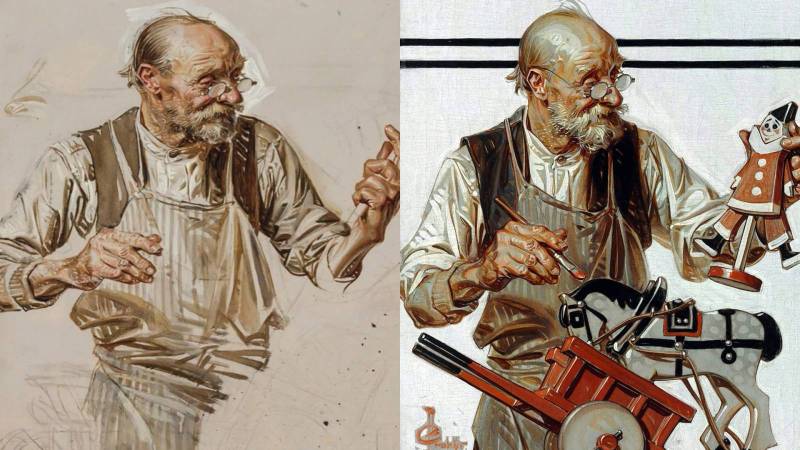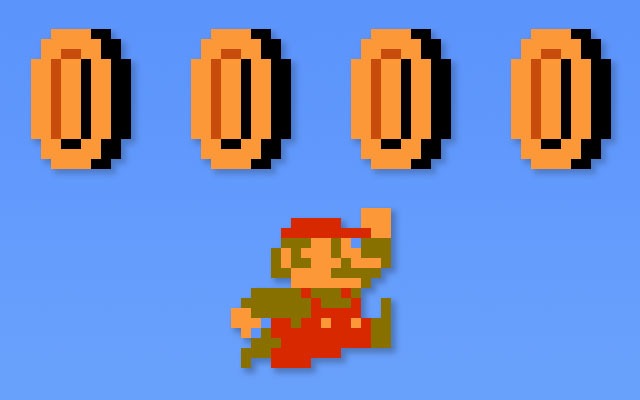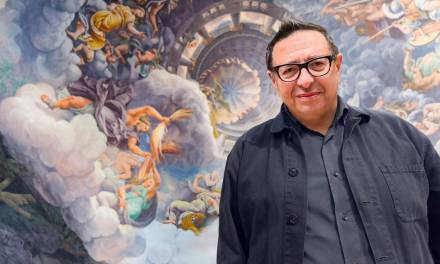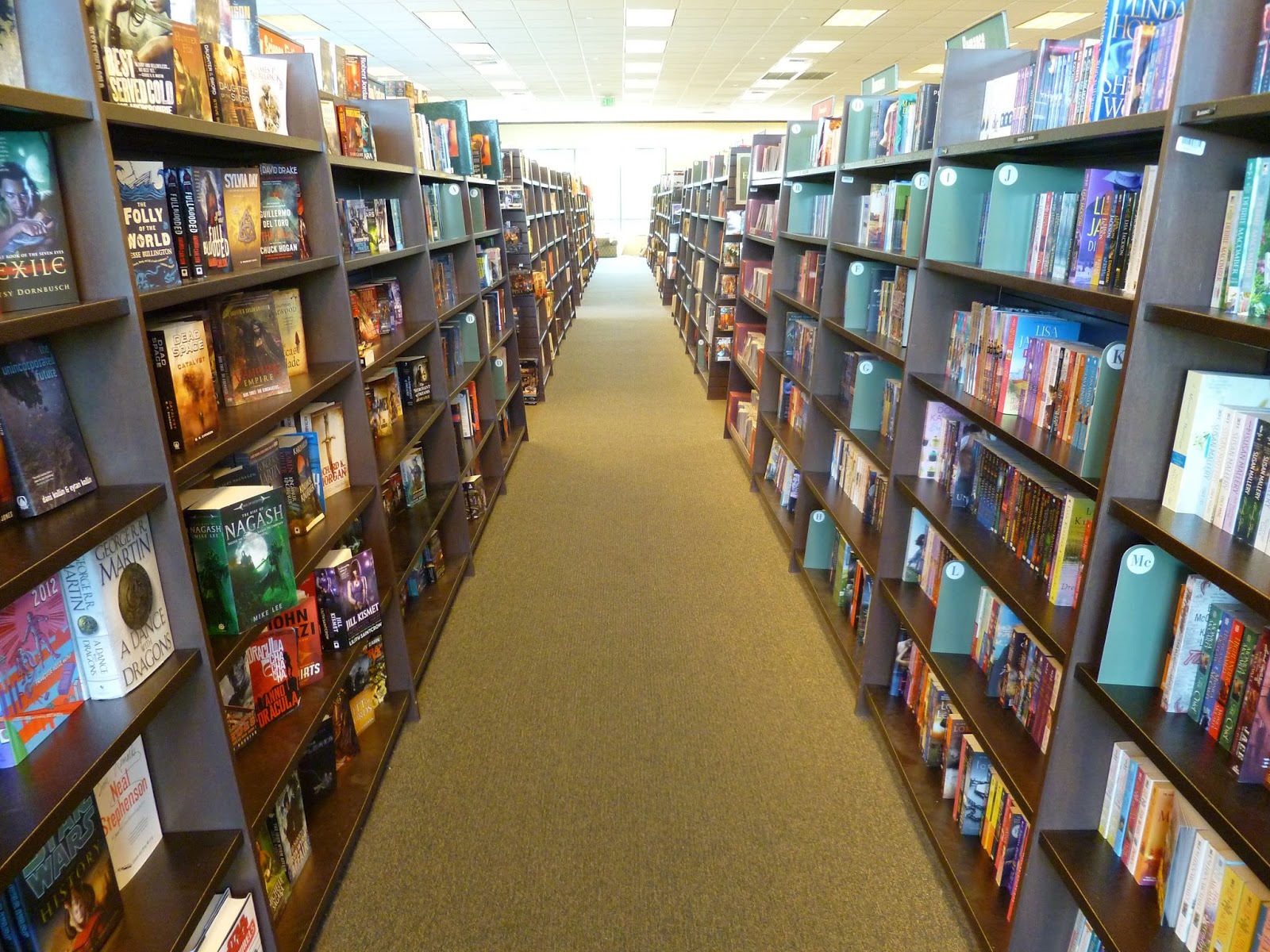With the turn of the year, I’ve been thinking a lot about how to do things differently. 2023 was a hard year in a string of hard years. There”s “thrive” years and “survive” years and it’s been a straight streak of survive years for everyone since 2020. It’s no wonder that burnout is rampant and we’re all so damn…tired. And if dealing with a pandemic changing so much about our working worlds wasn’t enough, then in comes AI Art, tempting everyone with “easier” and “faster” and “cheaper”. In the race where we’re all being driven to do more work faster for less money, the robots will always win. No actual humans can keep up. But that’s a race, I realize, that only comes with a booby prize of burnout at the end.
I’ve been reading about the “Productivity Fallacy“: the idea that we’re supposed to be earning our time off by putting in enough work to deserve fun. I’ve also heard it posed as the question “Are you working to live or living to work?” This is much more complicated for creative people who have creative jobs. We don’t work a 9 to 5 then clock out and not think about working til the next day. Our fun and our work are completely mashed together. Our work/life balance is as muddy as a jar of paintbrush water. Our social lives are full of people who may be colleagues but are also friends but who you may also collaborate with. When you make art for a living, you lose the initial drive you had to make art — as a form of self-care, or self-therapy, to process emotions and make ourselves feel good. When your cure for burnout is the same thing that caused the burnout it’s no longer an effective cure. And continuously driving yourself to do more and more is the snake eating its own tail. Especially in the US, we have been taught to equate self-worth with productivity. How successful we are in work is often mistaken for the whole of how successful we are in life. If you want to read more about this, check out this article.
I realized I needed to get off this carousel, and leave the cult of productivity, when I realized that no matter how much I achieved, how much work I got done, there was just an infinite amount waiting for me. I never got to a “good stopping point” and took enough time to really recharge. I kept convincing myself if I just did that ONE MORE THING then I could relax. But really all that ever happened was that I completely ran out of steam, collapsed, and then doomscrolled or fell down a YouTube hole or stared at a blank wall until getting up the next day and starting over — I was doing triage for burnout, but never actually healing it.
The most important lesson I learned in 2023 (and that I’m trying to hammer into my thick skull in 2024) is that this More! Faster! Cheaper! mindset is not only a trap, but it’s also a lie. When I started carving out room to prioritize not-work in my life (cooking healthier, lifting weights again, doing art things that weren’t related to my job), I assumed I was making the choice to be less productive in work in order to heal my burnout. But after a few months of gritting my teeth and forcing myself to not succumb to the anxiety of my to-do list, I realized something really shocking. I was actually MORE productive when working less. I know, I know, we are told this but it’s very hard to believe when you’re in the productivity cult loop. The days that I stop working and do something to recharge myself, that time isn’t “lost” to work. I actually realized I get just as much work done. I was just cutting out a lot of the struggle and procrastination. Again, I know, this seems like a no-brainer, but I had to have it blatantly proven to myself to see it. And even knowing it, I still find myself fighting every day to not slide back into the quicksand of that productivity mindset.
On this topic, I just read (and watched) a great post by Chris Oatley on his Magic Box site, on Prototyping:
Or if you prefer listening/watching the article, you can watch the YouTube version:
I won’t repeat the whole article here, there’s some absolutely fabulous examples from Leyendecker to Legend of Zelda, but the point is that something like Prototyping — a step that seems like so much extra work and is often cut out of the process in our rush rush rush workflows these days — actually SAVES you time. And bonus, the process is easier, more enjoyable, and less of an emotional and mental struggle.
I think we all have to get out of the race to work harder, and have to find ways to work smarter. The robots will always beat us at harder and faster. But they’ll never be more creative.








I think this is hugely important and I’m grateful you posted it, along with some excellent links.
And it makes me really sad that after a great essay on why we shouldn’t feel the need to be productive all the time and why we don’t have to earn rest, you felt obligated to drive home the need for rest by pointing out how much more productive you are when you do take some time for yourself. I understand why you did it, I think it’s a good argument. It’s just one more piece of supporting evidence of how right you are – productivity is everything in this culture and we can’t even talk about rest as a right rather than a reward without tying it back to how much more productive it makes us.